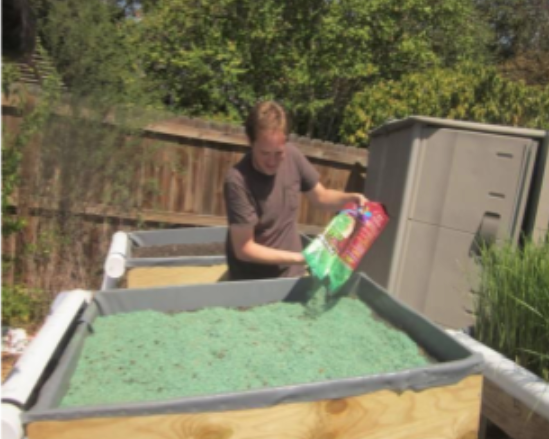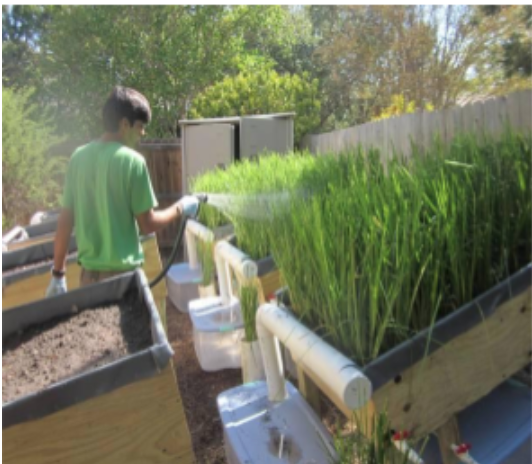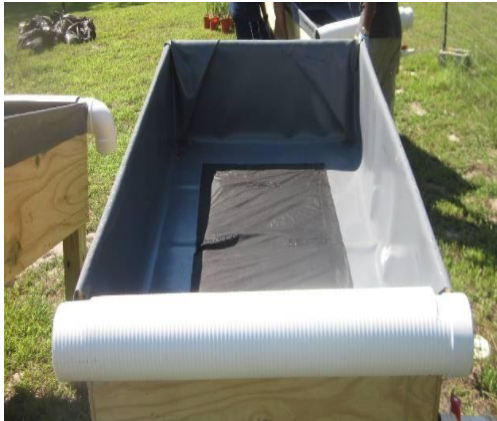A field study was conducted to evaluate the efficiency of chelating agents EDTA and EDDS on phytoremediation by vetiver grass and fescue from lead-based paint-contaminated soils. There are many advantages to conducting a field study compared to a greenhouse study. In a greenhouse study, factors such as temperature, water, and nutrients can be regulated which can be unrealistic compared to a real life setting. A field study stimulates more environmental factors that can be related to more of a natural setting.
Soil was collected from Baltimore, Maryland, and San Antonio, Texas, with the help of the Coalition to End Childhood Lead Poisoning (CECLP), the Neighborhood Action Department (NAD), and the Lead-Based Paint Hazard Control Program (LBPHCP). After screening, the soil 3 houses were chosen from San Antonio and 3 from Stockton, New Jersey. The soil was collected in Baltimore but due to no colleagues living in Baltimore, Stockton, New Jersey was chosen. Geochemistry properties of soluble lead fractions and physical-chemical properties of the soil were determined (Datta, Sarkar, and Andra).
Custom-made wooden platforms were built containing 5 inches of lead-free sand and 5 inches of contaminated lead soil collected. One platform was for Vetiver, and the other with fescue was used as a control. For the San Antonio setup, 6 total platforms were used, 3 of which contaminated the contaminated soil, one for Vetiver, one for fescue, and one for control with no plants. Vetiver and fescue grew for 3 months, water, soil, and plant samples were collected (Datta, Sarkar, and Andra).


